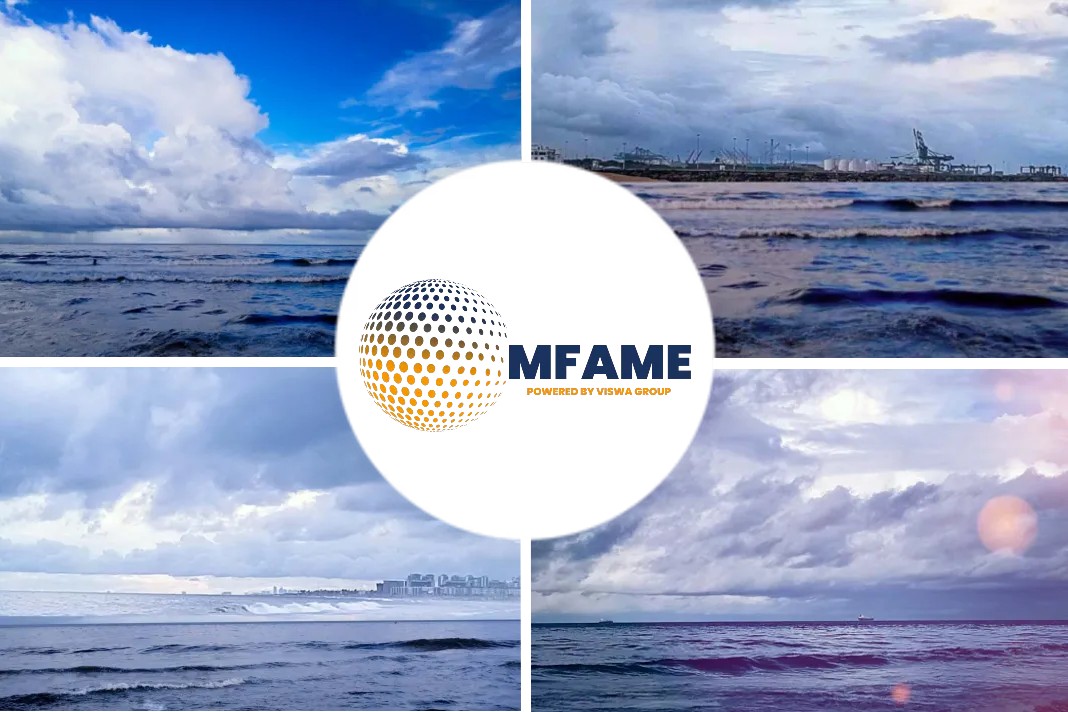
- On a well-to-wake basis, LPG as a marine fuel is 17% better than MGO, and is now the fuel of choice for new build very-large gas carriers.
- LR is the leading class for VLGCs in service, with some 361 ships out of 1,598, and has secured almost a 26% market share of those on order at shipyards.
- LR is working with the World LPG Association to develop an LPG as fuel guide, and a case study detailing the LPG dual-fuel retrofit of a container ship.
LPG has a compelling well-to-wake (WtW) carbon emissions profile and has emerged as the de facto fuel choice for VLGC newbuilds, according to a leading expert on gas fuels. “LPG from a well-to-tank and well-to-wake perspective has the lowest carbon emission factors,” said Lloyd’s Register (LR) global gas markets & technology lead, Constantinos Chaelis.
LPG as strong marine fuel
To back his claim, Mr Chaelis shared data compiled by the class society during his presentation ‘Avoiding stranded assets: LPG as fuel and other options as mid-life strategies for LPG carriers to remain compliant & competitive’ during April’s Maritime Decarbonisation Conference, Asia.
The data compared currently available fuels, including very-low sulphur fuel oil (VLSFO), marine gasoil (MGO), heavy fuel oil (HFO), LNG (combusted in a dual-fuel, Otto-cycle engine), LNG (combusted in a Diesel-cycle, dual-fuel engine) and LPG.
Using MGO as the measurement baseline, LPG yielded CO2e savings of 17% — better than LNG (Diesel-cycle dual-fuel engine) at 16% or LNG (Otto-cycle, dual-fuel engine), 5%.
The data combined well-to-tank GHG emissions, tank-to-well CO2 emissions and tank-to-well other GHG (CH4 and N2O) emissions.
Operating large non-gas carriers on LPG fuel “would be a challenge,” said Mr Chaelis, “as you would need to call at an LPG terminal.”
Leading class for VLGC
LR is the leading class for VLGCs in service, with some 361 ships out of 1,598, and has secured almost a 26% market share of those on order at shipyards, according to data shared by Mr Chaelis.
The class society’s pioneering experience includes the first LPG dual-fuel VLGC newbuild delivered, Exmar’s 88,000-m3 Flanders Innovation, which was built to LR class at China’s Jiangnan Shipyard.
Flanders Innovation and its sister, Flanders Pioneer, were delivered into a long-term charter with Equinor in 2021.
Both gas carriers have two-stroke, Diesel-cycle dual-fuel MAN 6G60ME-C9.5-LGIP engines that reduce CO2 emissions by about 38% as compared to IMO reference lines for VLGCs.
Dual-fuel LPG
Since early efforts by Exmar and BW LPG, which undertook a massive retrofit of its fleet, LPG shipowners have embraced dual-fuel propulsion.
“49 dual-fuel VLGCs are in service and 76 are on order,” noted Mr Chaelis, adding, “So, over 90% of dual-fuel LPGs are VLGCs.”
Data available for engine type for 131 LPG carriers presented by Mr Chaelis showed that 75, or 57%, had been equipped with MAN Energy Solutions’ LPG dual-fuel two-stroke 6G60ME-C10-LGIP engines.
LR is working with the World LPG Association to develop an LPG as fuel guide, and a case study detailing the LPG dual-fuel retrofit of a container ship that operates on a route around West Africa.
Did you subscribe to our Newsletter?
It’s Free! Click here to Subscribe.
Source: Riviera

















